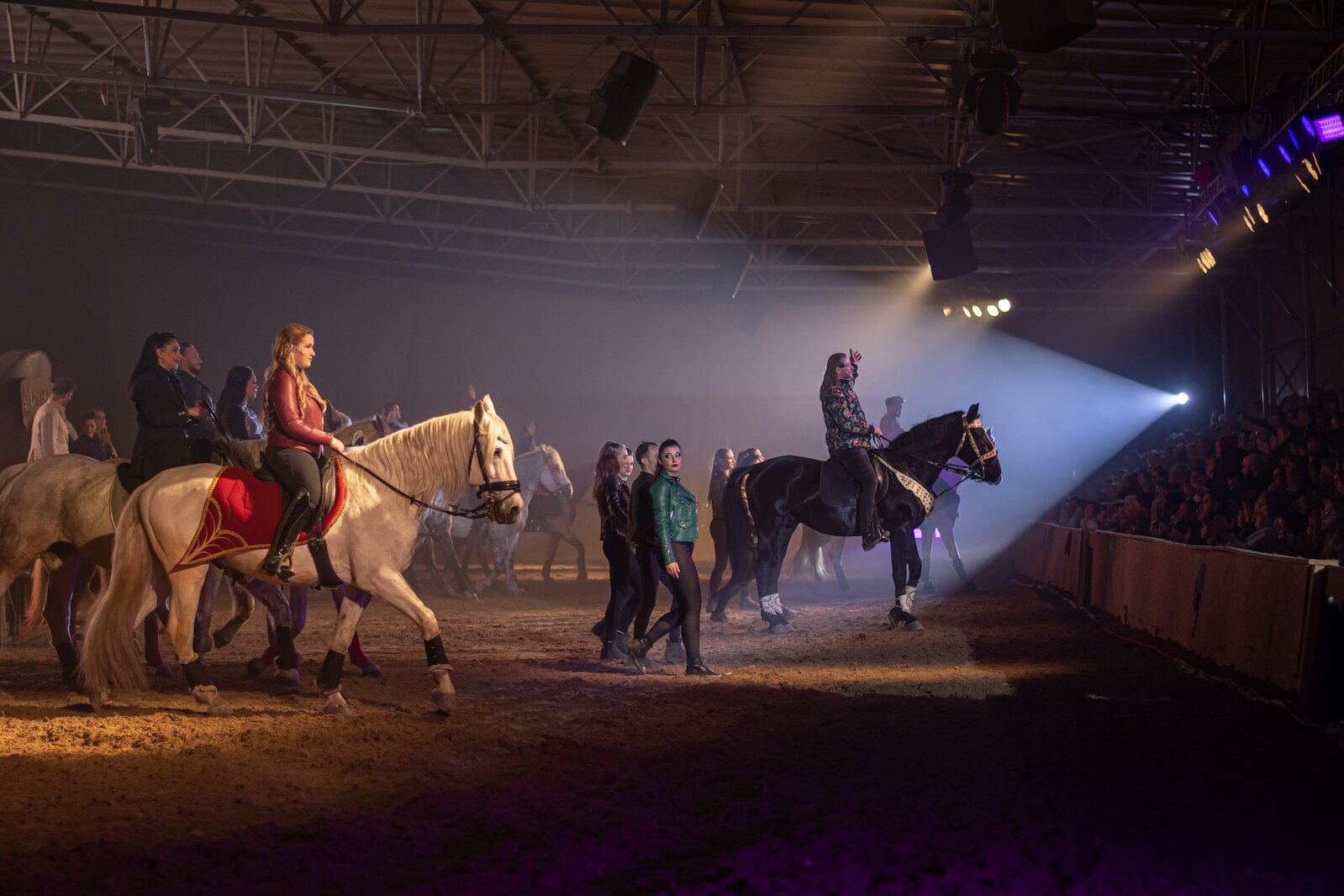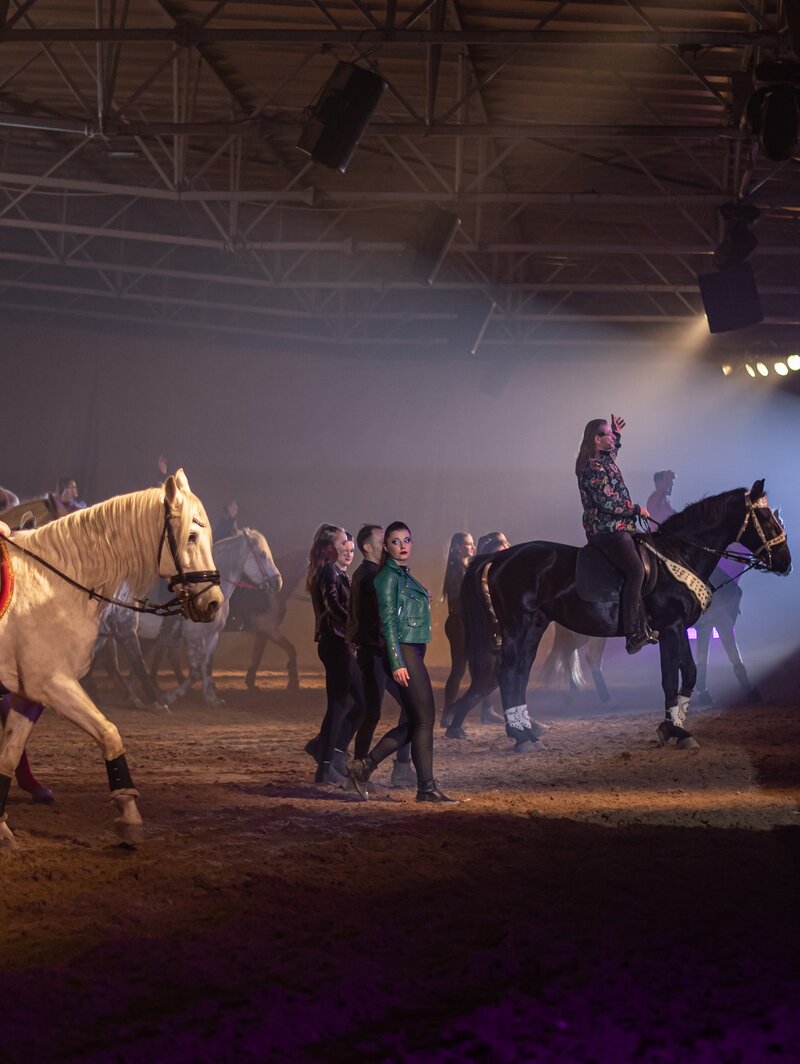National Equestrian Theatre


Introduction
The National Equestrian Theater is not just a theater—it is a spectacular, soul-stirring experience where horses and humans tell a shared story. The first Hungarian equestrian theater was founded in 1992, based on the vision of actor Tibor Pintér, and has been operating since 2013 under the name National Horse Theater. The company's goal is to take classical and contemporary Hungarian musical theater to a new level: on horseback, with live music, spectacular choreography and deep emotions.
The National Equestrian Theater is a true Hungarian treasure and plays an important role in promoting our country's image in Europe and around the world, closely aligning itself with the recently announced Kincsem – National Equestrian Program and its objectives.
I believe that we Hungarians, as a nation of horsemen, can be a recognized and respected people not only in Europe but throughout the world.
Tibor Pintér
The theater's performances—such as "Honfoglalás" (The Conquest), "Az utolsó betyár" (The Last Outlaw), "Mátyás, az igazságos király" (Matthias, the Just King), "A szentek harca" (The Battle of the Saints), and "Trója" (Troy) — not only evoke the historical past, but also celebrate Hungarian identity and culture. The productions often feature 30-40 actors, dancers, and musicians, creating a spectacle that appeals to all the senses. The company stages more than ten sold-out performances a year, not only in Budapest, but also in towns across the country and Hungarian communities abroad.
The National Equestrian Theater also operates as a touring theater, so their performances can be seen at village festivals, town festivals, and equestrian events. The company's goal is to promote Hungarian equestrian culture and musical theater to create a unique Hungarian cultural phenomenon that can represent our country in Europe and around the world. The theater is also closely linked to the Kincsem National Horse Program, which aims to preserve and promote Hungarian equestrian traditions.
The source of the images and content is the theater's website.

